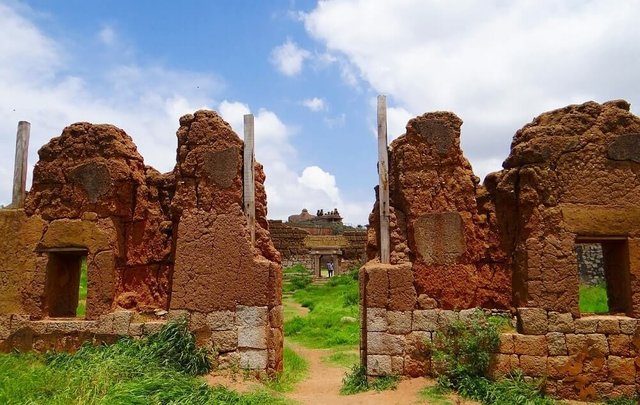Archaeologists Uncover Hidden 16th Century Spanish Fort on Parris Island

40 years ago archaeologists uncovered the remains of a 16th century town known as Santa Elena on Parris Island. The ancient find was located in Beaufort County, South Carolina. Archaeologists have now discovered an ancient hidden fort called San Marcos. It is one of the five Spanish forts that were in operation during the town's 21 year history.
Archaeologist Chester DePratter and anthropologist Victor Thompson have been conducting research at Santa Elena since 2014 in order to find the fort which was founded by Pedro Menedez Marquez, governor of Spanish La Florida, back in 1577. Their complete discovery has been published in this week's Journal of Archeology Science Reports and offers new understanding of the oldest and most northern Spanish settlement in all of the Americas. The fort was built to prevent the French from exploring the New World.
Marquez first came to Santa Elena in October of 1577 with two ships filled with pre-fabricated posts and heavy planking. He built the San Marcos fort in less than a week to defend against Native Americans. The town was first established in 1566 by Pedro Menendez de Aviles, quickly grew to 400 residents and in 1571 became the capital of Spanish Florida. Menendez de Aviles also founded La Florida and St. Augustine a year before founding Santa Elena.
DePratter says he has been looking for San Marcos since 1993 and with the help of new techniques and technologies he was able to finally make the discovery. All of his research was conducted at the South Carolina Institute for Archaeology and Anthropology (or SCIAA). Pedro Menendez didn't leave a map behind, so remote sensing was required in order to build a town plan that was able to be interpreted to better understand what took place 450 years in the past.
While the general location of San Marcos was known for quite some time, many attempts to find the fort via excavation did not work. Written descriptions and drawings of the fort were used which were part of the Archive of the Indies in Seville, Spain.
During June 2016, DePratter and Thompson made their way back to Santa Elena to test out new remote sensing technologies that helped them to look below the surface of the ground without any digging required. With the help of ground penetrating radar, soil resistivity and magnetometers they were able to send pulses, electric currents and magnetic waves through the ground in order to measure the differences in local magnetic fields. This allowed them to find the missing fort and map the 15 acre landscape of Santa Elena as well as the buildings. This included shops, a church, courts, taverns and even farms.
Thompson says Santa Elena provides an unprecedented view of the 16th century landscape. He calls this one of the biggest sites for remote sensing that he has ever been offered the privilege to work with. DePatter calls Santa Elena the best preserved 16th century town in the entire country, mainly thanks to its location which is directly beneath a former military golf course that does not contain any standing structures.
Fort San Marcos was a wooden fort with a central building made up of storerooms and barracks that boasted a large triangular gun platform at one of the ends. It contained 11 mounted cannons, one which weighed as much as 5,400 pounds.
Thompson says this work is going to allow researchers to tell the story of the land that would one day turn into the United States of America. Santa Elena is a very important part of American history that offers a huge amount of insight into how colonial powers throughout Europe fought for control over this corner of the New World.

Like what you read (without annoying ads :) ) ? Then please upvote our posts and follow us for the best daily science news on SteemIt!
I upvote U